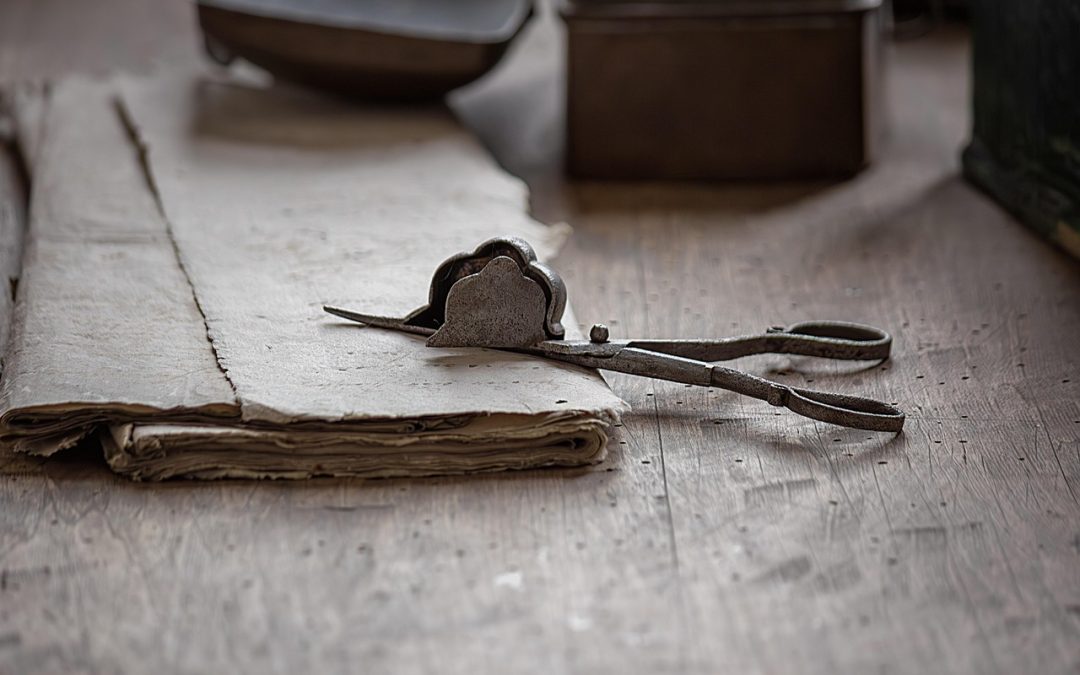As writers, we’re often drawn to the idea of creating a tangible representation of our work – something we can hold in our hands, flip through, and share with others. The chapbook, a small, self-contained collection of poems or short fiction, is an excellent way to do just that. But what makes a chapbook truly special? It’s not just about binding a few pages together; it’s about crafting an immersive experience that showcases your writing and resonates with readers.
Defining Your Vision
Before you start assembling your chapbook, take a step back and think about what you want to achieve. What’s the central theme or thread that ties your writing together? What tone do you want to convey? What message do you want to leave with them? Take some time to brainstorm, jot down notes, and let your ideas simmer. The clearer you are about your vision, the more focused your chapbook will be.
As you refine your concept, ask yourself:
- What’s the core message or emotion I want to convey?
- What’s the tone I want to maintain throughout the chapbook?
- What visual elements can I incorporate to enhance the overall experience?
Designing Your Chapbook
Now that you have a clear vision, it’s time to think about the physical design of your chapbook. This is where you can get creative and have fun! Consider the following elements:
Paper type and weight: Look for high-quality, textured paper that will add tactility to the experience. A weight of around 80-120 gsm is ideal for a chapbook.
Binding method: You can choose from saddle-stitching, perfect binding, or even hand-stitching for a more rustic feel. Each method has its own unique character, so experiment to find what works best for your chapbook.
Font choices: Select a font that complements your writing style and tone. You can opt for a single font or combine a few to create visual interest. For DIY book design, check out our guide on DIY Book Design for Writers on a Budget, which covers font selection and more.
Visual elements: Incorporate images, illustrations, or graphics that enhance your writing and add an extra layer of depth. Tools like Canva or Adobe InDesign can help you create stunning visuals.
“The most important thing is to remember that your chapbook is a representation of you and your work. It’s a reflection of your unique voice and perspective. Don’t be afraid to experiment, take risks, and push boundaries.” – Rachel Morgan, author of “The Sea & The Sky”
Assembling Your Chapbook
With your design and vision in place, it’s time to create your physical chapbook. Here are some final tips to keep in mind:
Proofread and edit: Make sure your writing is polished, and your design is cohesive. Double-check for errors, typos, and formatting issues.
Test print and refine: Print a sample copy to review the layout, paper quality, and overall aesthetic. Make adjustments as needed.
Bind with care: Take your time when binding your chapbook. You can use a tool like Vellum or do it by hand. The goal is to create a professional-looking finish that makes your chapbook feel special.
Share your work: Once your chapbook is complete, share it with others! Read at open mic nights, distribute it at writing workshops, or sell it online.
Remember, crafting a chapbook is a process that requires patience, creativity, and experimentation. By focusing on your vision, design, and assembly, you’ll create a truly compelling chapbook that showcases your writing and leave a lasting impression on readers. For more insights on writing and self-publishing, check out our guides on How to Write a Chapbook and Crafting Compelling Chapbooks.

